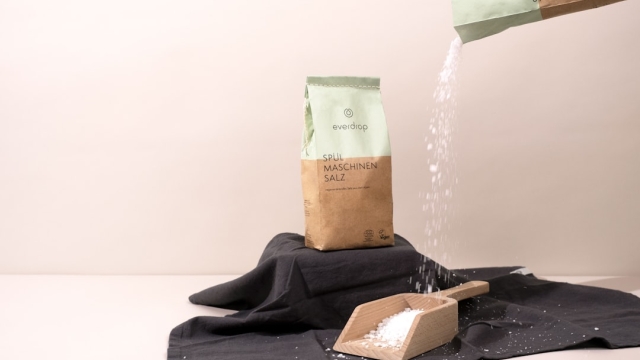As the world increasingly recognizes the importance of environmental responsibility, sustainable packaging options have emerged as a critical focus for businesses and consumers alike. The shift towards more eco-friendly practices is essential in reducing waste and minimizing the ecological footprint of products we use every day. This article explores the significance of sustainable packaging, delves into the innovative solutions of water-soluble film products, and highlights their applications across various industries.
Overview of Sustainable Packaging: Definition and Importance
Sustainable packaging refers to the development and use of packaging solutions that have a minimal impact on the environment. This approach encompasses materials that are either recyclable, biodegradable, or made from renewable resources. The importance of sustainable packaging lies in its potential to significantly reduce landfill waste, conserve natural resources, and lower greenhouse gas emissions. As consumers become more environmentally conscious, the demand for sustainable practices in packaging has surged, prompting companies to rethink their packaging strategies.
Water-Soluble Film Products: What They Are and How They Work
One of the most promising sustainable packaging options available today is water-soluble film products. These films are typically made from polyvinyl alcohol (PVOH), a synthetic polymer that dissolves in water. When exposed to moisture, water-soluble films break down completely, leaving no harmful residues behind. This characteristic makes them an ideal choice for environmentally friendly packaging solutions, particularly in applications where traditional plastic would contribute to pollution.
The primary benefit of water-soluble films is their ability to provide a protective barrier for products while being entirely dissolvable. As consumers seek alternatives to conventional packaging materials that can persist in the environment for hundreds of years, water-soluble films present an innovative solution that aligns with sustainability goals. These films can be manufactured in various thicknesses and can be tailored to meet specific requirements, making them versatile for numerous applications.
Applications of Water-Soluble Films in Various Industries
Water-soluble films have found applications across a range of industries, showcasing their versatility and effectiveness. One of the most notable uses is in the production of laundry detergent pods. These pods encapsulate concentrated detergent in a water-soluble film, providing a convenient and mess-free solution for consumers. When the pod is placed in water, the film dissolves, releasing the detergent without the need for additional packaging.
Aside from laundry detergent, water-soluble films are utilized in various sectors, including food packaging, agricultural applications, and personal care products. In the food industry, they can be used for single-serving portions of items like sugar or seasoning, reducing the need for additional containers. In agriculture, water-soluble films can serve as a means to deliver fertilizers or pesticides directly to plants, minimizing chemical runoff and promoting more sustainable farming practices.
The Future of Sustainable Packaging and Informed Consumer Choices
The future of sustainable packaging options looks promising as innovation continues to drive the development of new materials and technologies. Companies are increasingly investing in research to enhance the efficiency and functionality of alternative packaging solutions like water-soluble films. This ongoing evolution is vital as it aligns with the growing consumer demand for environmentally responsible products.
As consumers, making informed choices about the products we purchase can significantly impact the environment. Opting for items packaged in sustainable materials, such as water-soluble films, can contribute to a larger movement towards environmental stewardship. By seeking out brands that prioritize eco-friendly packaging solutions, consumers can support businesses dedicated to sustainability.
In conclusion, the exploration of sustainable packaging options, particularly through water-soluble film products, highlights the potential for innovation in reducing environmental impact. By understanding the significance of these materials and their applications across various industries, individuals can become more conscious consumers and actively participate in the transition towards a more sustainable future.

